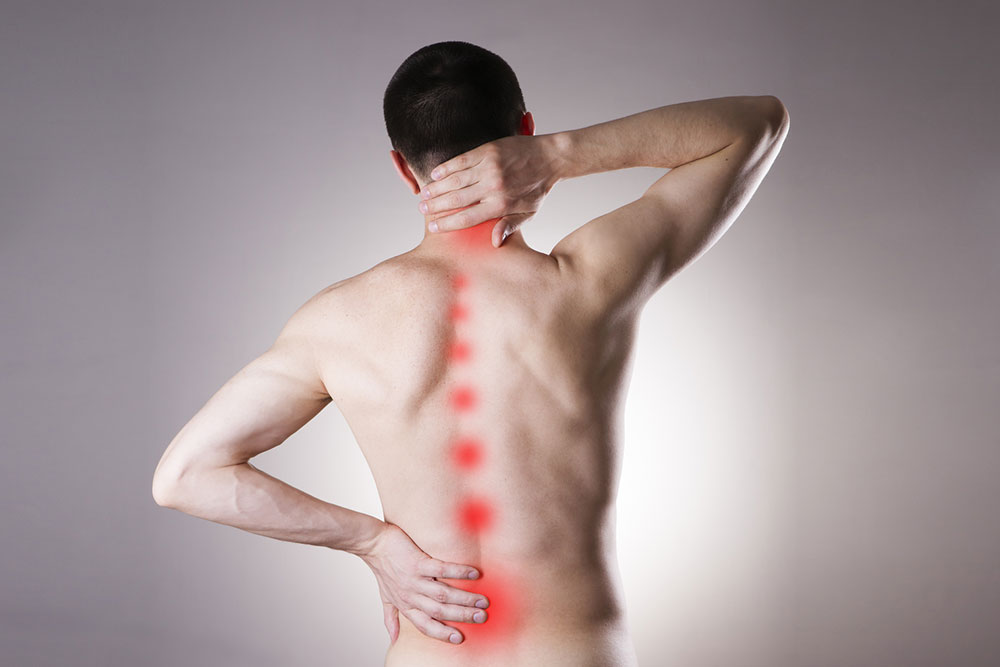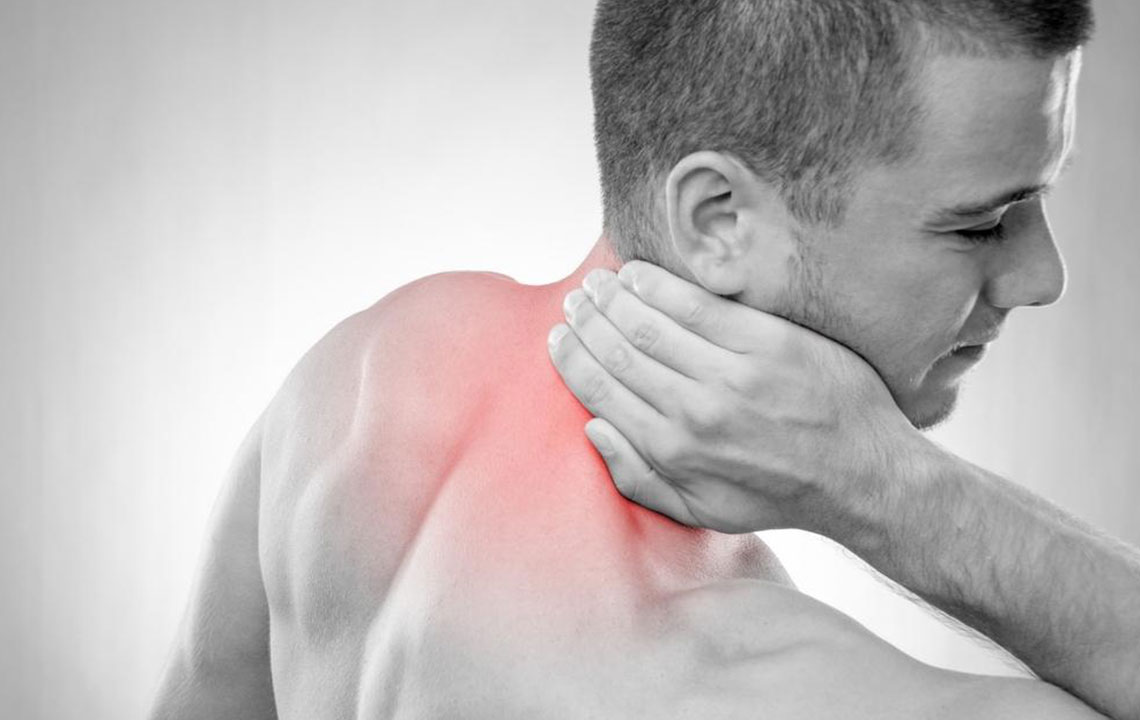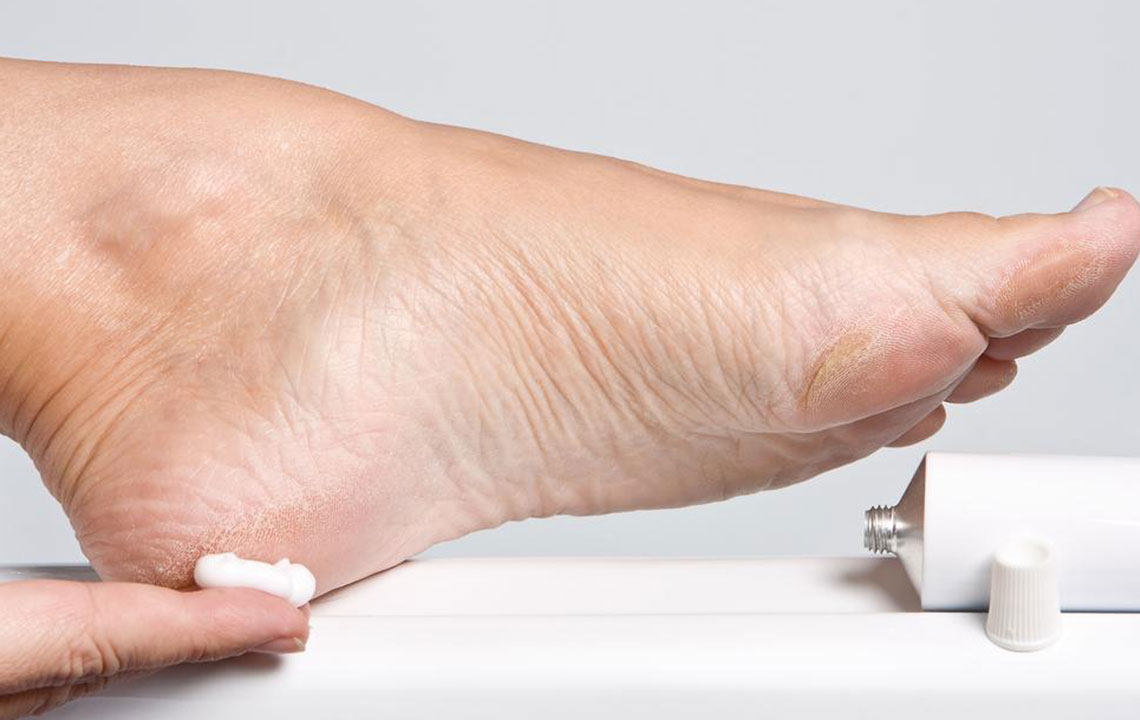Effective Strategies for Managing Persistent Pain
Learn effective, drug-free methods to manage persistent pain. From exercise and acupuncture to cold therapy and psychological techniques, discover strategies to improve quality of life. Tailored guidance can help alleviate suffering and enhance well-being for those dealing with chronic discomfort.

Understanding and Managing Long-Term Pain
Many individuals encounter occasional discomfort or aches. Typically, pain signals an injury, traveling from the affected area through the spinal cord to the brain. Usually, pain subsides with healing and medication. However, chronic pain persists beyond healing, often lasting over 12 weeks. It can manifest as sharp, dull, burning, or aching sensations, affecting any body part and sometimes with no clear cause.
Common examples include:
Headaches
Arthritis discomfort
Post-surgical pain
Lower back issues
Trauma-related pain
Neurogenic pain
Psychogenic pain
What begins as a minor injury can lead to severe muscle or back pain, potentially turning into chronic pain with nerve damage. While it impacts individuals of all ages, older adults tend to be more affected. Severity and duration vary from person to person.
Proper pain management can help control, if not fully eliminate, chronic pain. Below are effective strategies for managing long-term pain without relying solely on medication.
Non-Drug Pain Management Techniques
Medications aren't the only option; alternative therapies exist for pain relief.
Regular exercise, guided by healthcare professionals, can improve overall health and reduce pain. Consistent activity, proper posture, balanced diet, and adequate sleep are key to long-term relief.
Acupuncture, an ancient Chinese practice using tiny needles inserted at specific points, has gained worldwide recognition for reducing chronic pain.
Gentle massage therapy relaxes tense muscles and tissues, providing relief that can last for months, especially for lower back pain.
Supervised physical therapy teaches targeted stretching and strengthening exercises. Techniques like water therapy can be especially beneficial.
Applying heat or cold can alleviate pain. Heat increases blood flow and eases inflammation, while cold reduces swelling by constricting blood vessels, helping relieve flare-ups.
Psychological interventions such as cognitive-behavioral therapy and biofeedback address emotional factors contributing to pain and stress.
TENS therapy uses electrical impulses to diminish pain signals at the affected site.
Distraction techniques, such as engaging hobbies or scenic visualization, divert attention from pain, often yielding significant relief.










